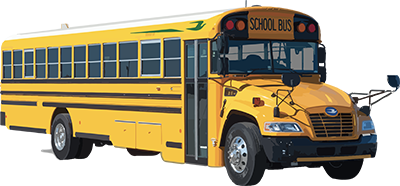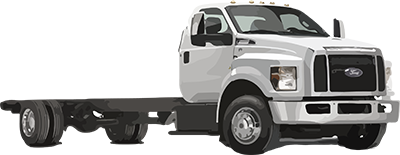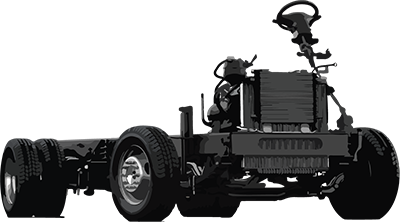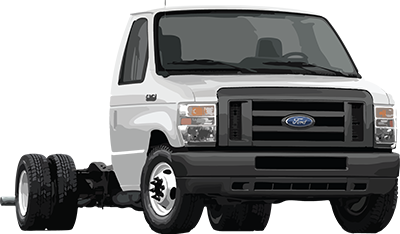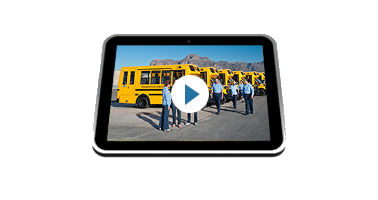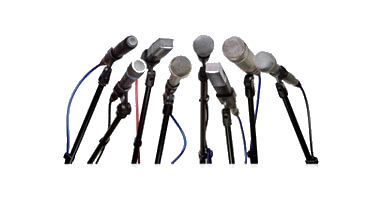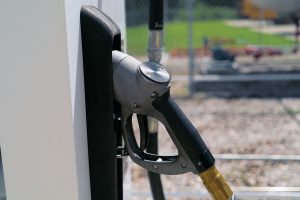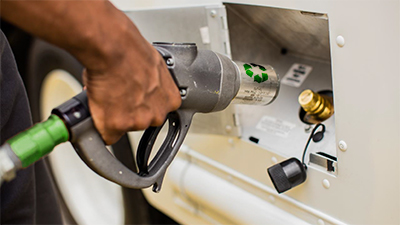Don’t Build a Better Buggy, Build Durability
 What would you do if you were running the Studebaker Brothers, a company producing horse-drawn wagons for farmers, miners and the military, when the first gasoline-powered American car was road-tested in Massachusetts in 1893?
What would you do if you were running the Studebaker Brothers, a company producing horse-drawn wagons for farmers, miners and the military, when the first gasoline-powered American car was road-tested in Massachusetts in 1893?
Studebaker jumped on board. The company began to build cars in 1897, started selling electric vehicles in 1902 and then followed up with gasoline vehicles in 1904.
By 1919, Studebaker was out of the buggy business, a trade the company had plied for almost 70 years.
Studebaker’s leaders were following a principle Peter Thiel discusses in his book. “Zero to One: Notes on Startups, or How to Build the Future.” In his book (which I discuss in thisblog series), Thiel raises what he calls “The Durability Question.” Successful companies respond positively to the question, “Will your market position be defensible 10 to 20 years into the future?”
Studebaker executives saw the writing on the wall. They could have ignored the move to combustion engines — and they did keep making wagons for customers like farmers. But they knew times were changing and were determined to keep pace.
“Every entrepreneur should plan to be the last mover in her particular market,” Thiel says. “That starts with asking yourself: what will the world look like 10 to 20 years from now, and how will my business fit in?”
Thiel notes that solar cell companies in the first decade of this century didn’t look clearly down the road. The companies that didn’t see stiff competition from China and the trends in fossil fuels coming went belly up.
“Was competition from Chinese manufacturers really impossible to predict? Clean tech entrepreneurs would have done well to rephrase the durability question and ask: what will stop China from wiping out my business? Without an answer, the result shouldn’t have come as a surprise,” Thiel writes. The solar cell industry was also blindsided by the rise of fracking. “Nobody in clean tech took this trend seriously: renewables were the only way forward; fossil fuels couldn’t possibly get cheaper or cleaner in the future. But they did.”
It’s been 10 years since Roush received a grant from the Propane Education & Research Council to develop a liquid propane autogas fuel system. Since then, ROUSH CleanTech has grown exponentially, serving customers with a range of propane autogas fueled vehicles. We saw the benefits to propane autogas a decade ago — and knew it was an innovation with potential.
What will the next 10 years bring? I’m keeping my eye on the clean tech trends and we’re developing strategy based on market research, internal strategy and customer input.
So here’s your fuel for thought: What do you see on the horizon? Will you be able to defend your market position 10 or 20 years from now?



